With the latest launch of Consensys’ zero-knowledge Ethereum Virtual Machine (zkEVM) Layer-2 network, here are some of the ways you can send your funds over to Linea.
For a complete guide on bridging your funds, you can check out my video here:
With the latest launch of Consensys’ zero-knowledge Ethereum Virtual Machine (zkEVM) Layer-2 network, here are some of the ways you can send your funds over to Linea.
For a complete guide on bridging your funds, you can check out my video here:
Last updated on May 7th, 2023
Linea has announced its Voyage campaign, which is similar to the previous Arbitrum Odyssey campaign.

The best part is that Linea is still on the testnet, so every transaction done is free.
These end on 7th May, so do try to do them asap!
First, you’ll need to get testnet BNB from the faucet.

You’ll need to get BUSD from the faucet on Celer, which requires testnet BNB (as gas fees) to claim these tokens.

After that, you can bridge both BNB and BUSD to Linea.
I found this step really troublesome as Celer was rather laggy, it could be that everyone is rushing to complete the task.
If you can’t load your balances, I would suggest that you try again another time.
This was the easiest and most straightforward task of all.
First, you’ll need to get testnet MATIC from the faucet.

After that, you can bridge it over to Connext.

You can bridge you MATIC over, but don’t forget to leave some behind to pay for gas fees.
Do you find it overwhelming to track all of the different airdrops that are available?
I’ve created an airdrop tracker of all the different networks and projects that I’m keeping an eye on,

and you can gain access to it by signing up for my Substack newsletter! The link to this Notion site will be included in the welcome email.
If you need help with getting Goerli ETH, check out my guide here.
Once you have these tokens, you can bridge them over to Linea using Hop Exchange.

For DAI and HOP, you can claim them via Hop’s faucet.

However, for USDC, you’ll need to get them from the Linea faucet.

Alternatively, you can get USDC from this other faucet, but don’t forget to select the ETH network!

Similar to USDC on Goerli, you will need to use the Linea faucet to claim TUSD.

This is done by locking up some AVAX tokens, which you can get here.

For EUROe, you can use the same faucet, and you’ll just need to change the token.

Once you have both tokens, you can bridge them to Linea via Multichain.
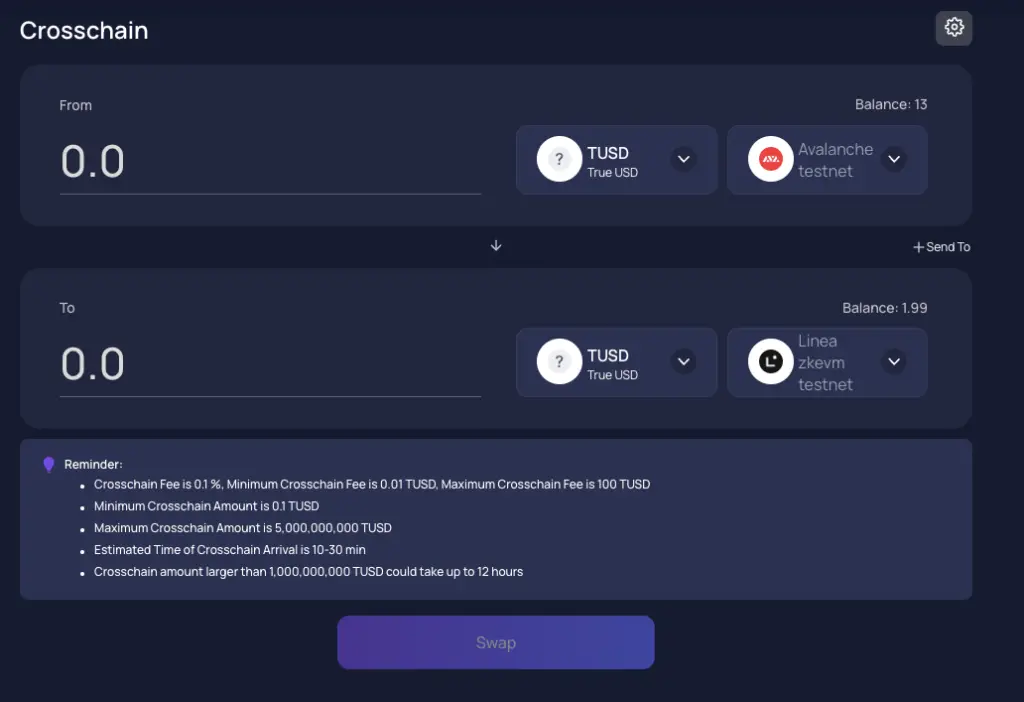
Each transaction will cost some AVAX as gas fees.
This is a brand new task, and you’ll need to get USDT and UNI from the faucet on Hop Exchange.

The cost to claim these testnet tokens can be extremely high, so you’ll need quite a bit of Goerli ETH.
After that, you can head to Jumper Exchange to bridge your funds to Linea.

The network is super unstable and it took me a really long while before I could perform this bridging transaction.
This has got to be one of the most confusing campaigns ever, as the steps aren’t clear enough. I spent a long time figuring out how to get these testnet tokens before being able to perform the transactions!
Once you have completed all of these tasks, check out my guide on other tasks you can perform to get the Linea airdrop here.
Are you passionate about personal finance and want to earn some flexible income?
The latest funding round brought LayerZero’s valuation to $3 billion, and the potential airdrop could be really huge for this cross-chain messaging protocol.
Here are all of the different decentralised applications that use LayerZero, and how you can interact with them. (P.S. I’ll be splitting them up into the different categories that they fall into)
Here are some tips that I would recommend as you are using real-world money to try out these applications:
I would highly recommend using both the Polygon and Avalanche networks, as the fees are the cheapest compared to the others like Optimism, Arbitrum or the Ethereum mainnet.
With cross-chain functionality being the main feature of LayerZero, quite a few bridges utilises this protocol.
The main platform is Stargate Finance, where you can transfer tokens across 8 different EVM-compatible networks.

You are able to add your tokens into the pools to earn some yields, as well as stake STG.
Staking STG is useful as you can vote for proposals that are raised on the Stargate DAO.
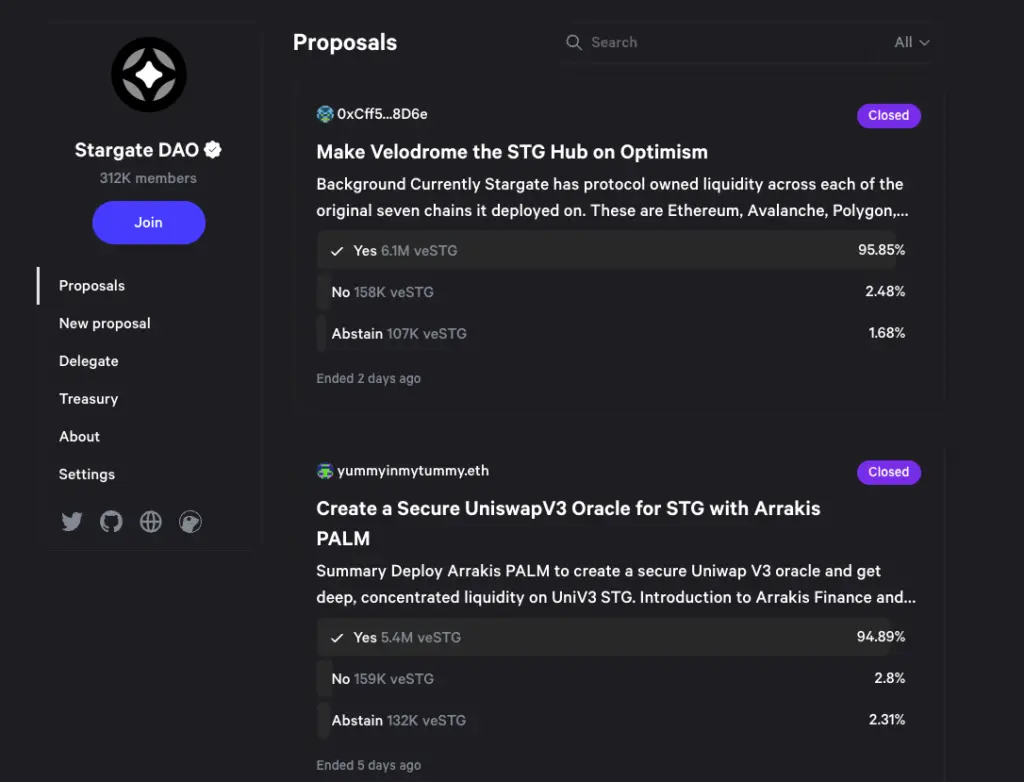
Other bridges include:



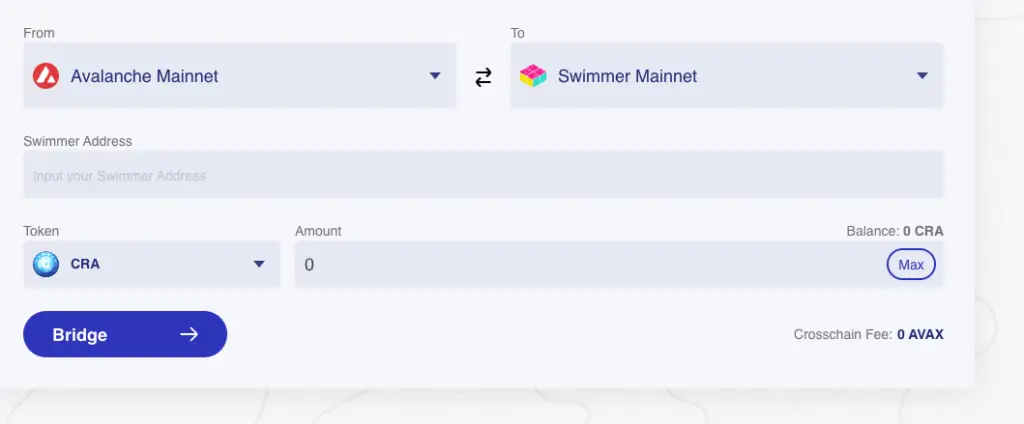


If you are looking to add liquidity to one of the pools, I would suggest doing it for the Goerli testnet.
You will need to add both Goerli ETH and Mainnet ETH (METH), and you can copy the contract address from Goerli Etherscan.

After that, you can swap Goerli ETH to METH on Uniswap (don’t forget to switch to the Goerli testnet!)








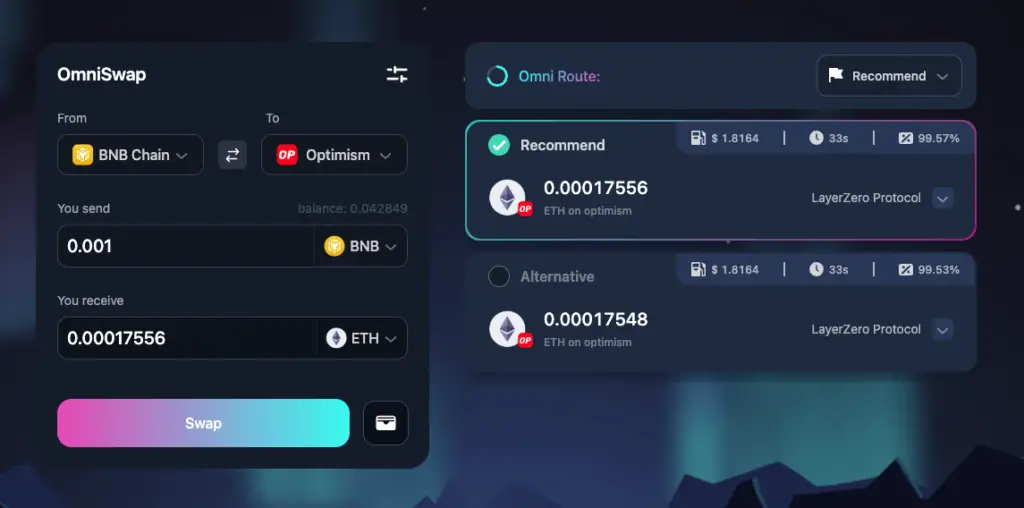
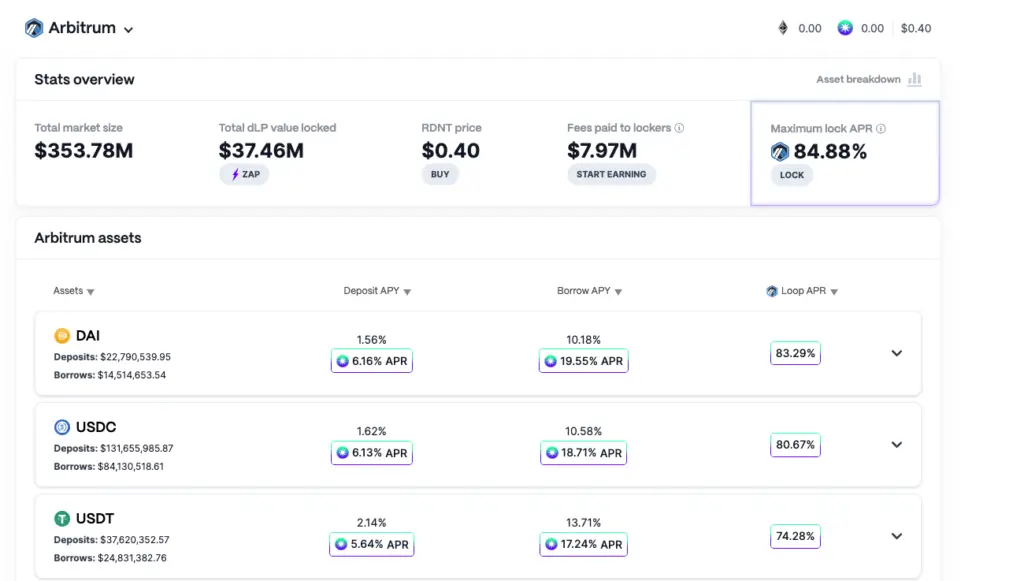
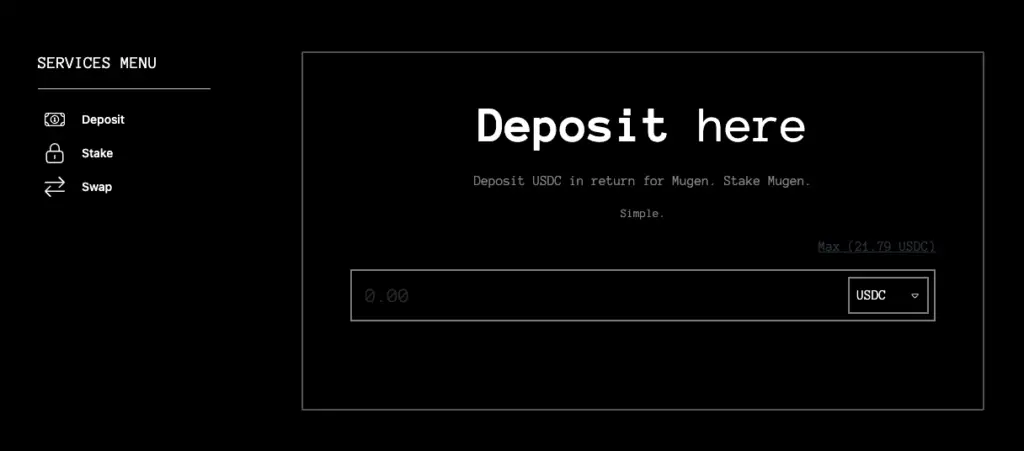
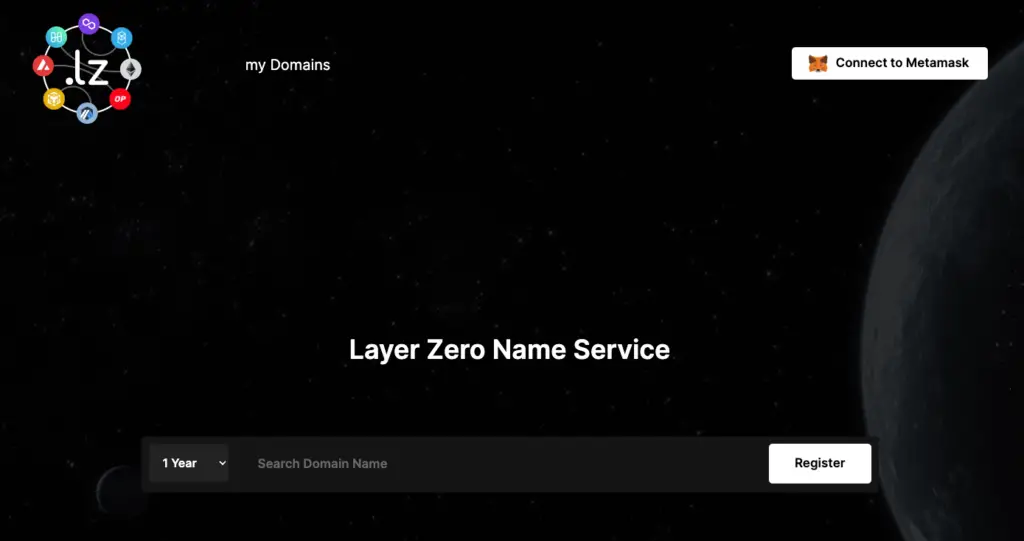
However, this is done on the Ethereum mainnet, so gas fees can be quite high!

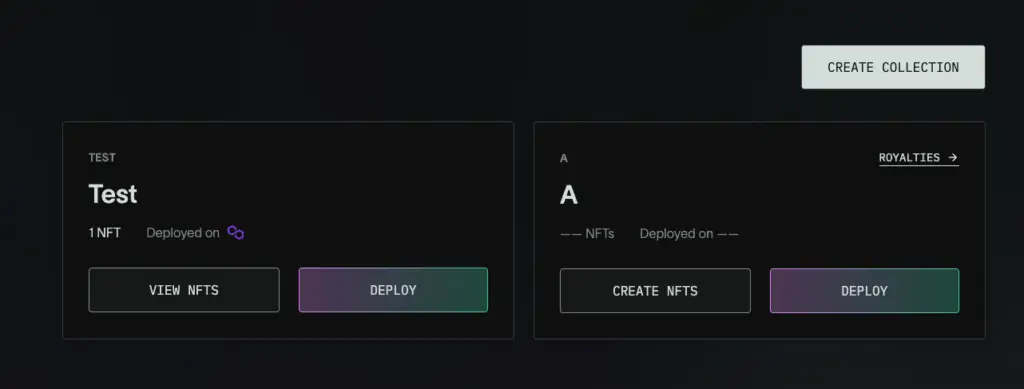
After creating a collection, you can bridge it to the Avalanche network


So far, there are 3 quests that you can complete that are associated with LayerZero:

You can check all of the transactions that you’ve performed on this Dune dashboard.

However, it may take a while to load, and you can enter your wallet address afterwards to see your transactions.
There are so many different methods to qualify for the LayerZero airdrop, and it may be best to do as many as you can afford.
You can check out my video here for all of the actions that I took:
Are you passionate about personal finance and want to earn some flexible income?
Mantle is a Layer-2 built on Ethereum that was initiated by BitDAO.
Here are some of the steps you can take on its testnet to potentially get a $BIT token airdrop:
There are 2 ways to get BIT tokens on the Goerli testnet:
the #faucet channel on the Mantle’s Discord,
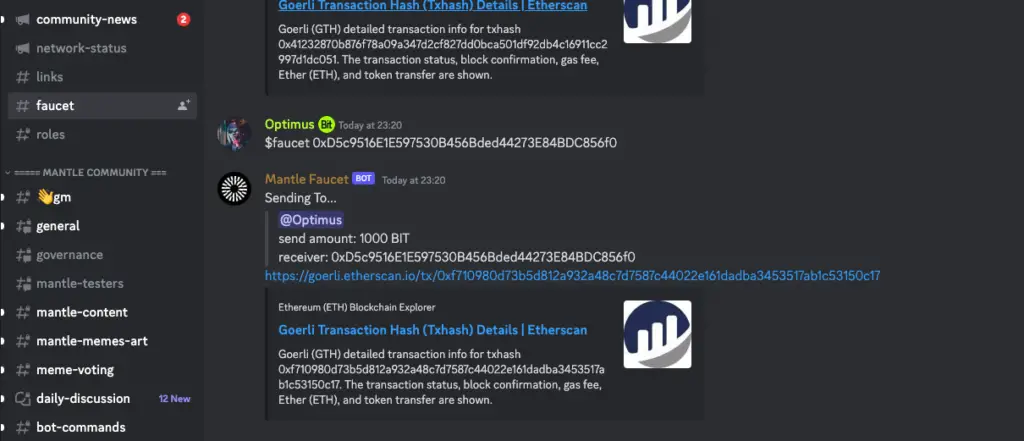
and the faucet on the Mantle site
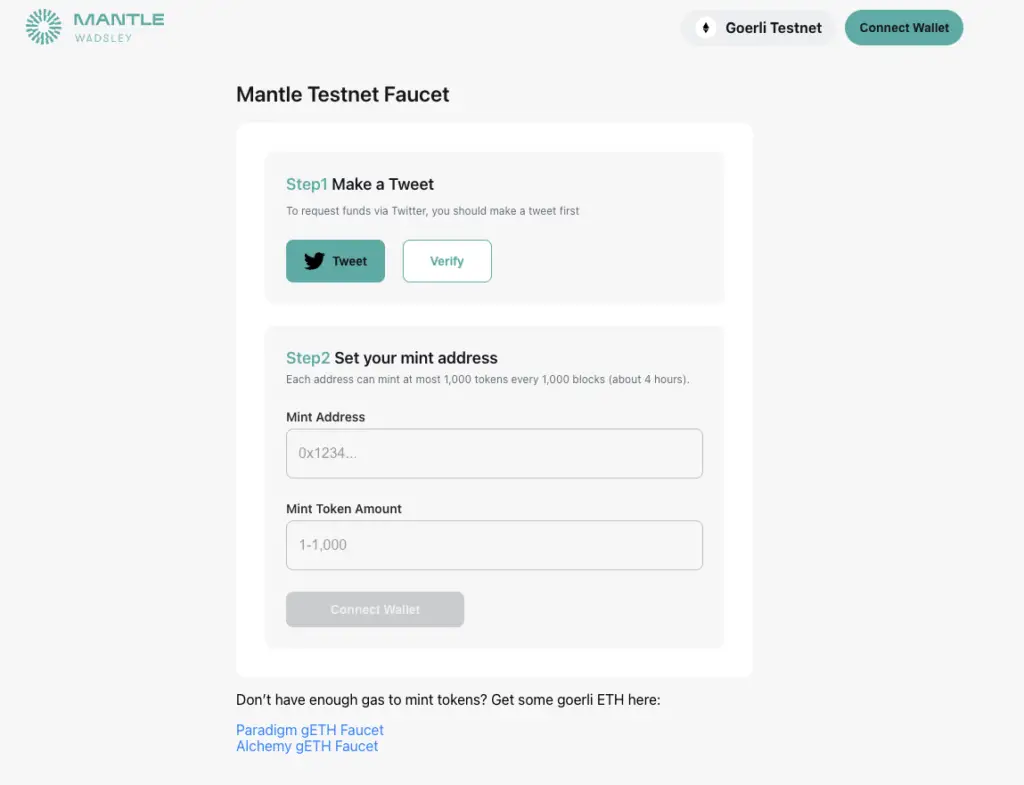
You will receive BIT tokens on the Ethereum mainnet.
There are multiple tasks that you can complete on Mantle’s Zealy questboard.
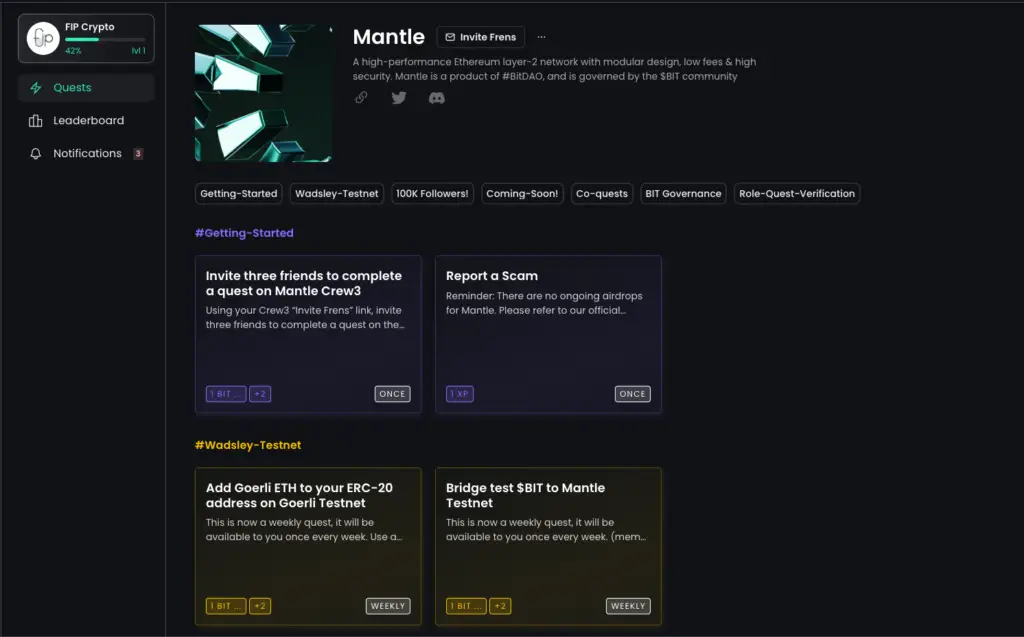
This includes some simple tasks like following their socials, and other on-chain tasks.
Now that you have BIT tokens on Goerli, you can bridge it to Mantle to be used as gas fees.

You will need some Goerli ETH to pay for gas fees on the Goerli network for this bridging transaction.
If you do not have enough Goerli ETH, you can check out my guide here.
You can access Mantle’s Guild and get some of the roles for Discord.
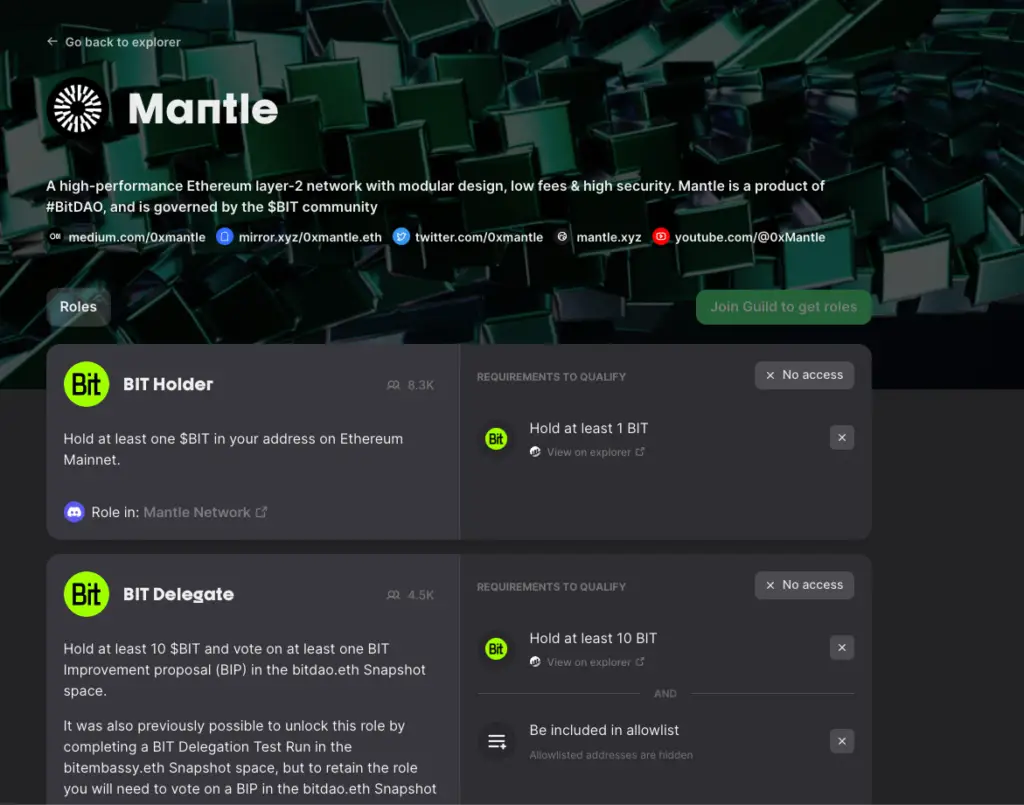
However, majority of these roles require you to purchase the BIT token on the Ethereum mainnet, where the gas fees can be extremely high!
You can create a token on the Mantle network using DexPad.
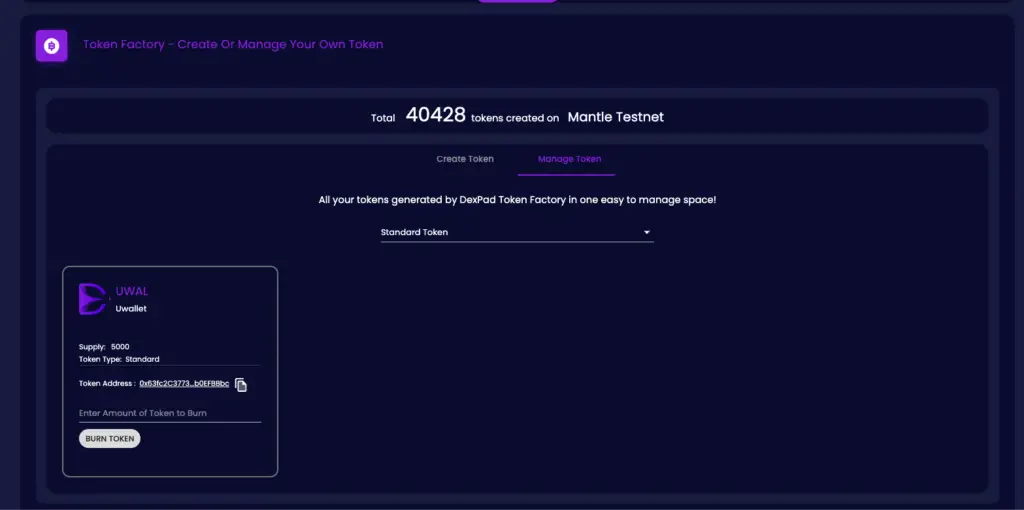
MantleSwap is the first decentralised exchange on the Mantle network, and you can use this to swap tokens,

and add liquidity.

Moreover, ManteSwap has a Zealy questboard that you can join as well.
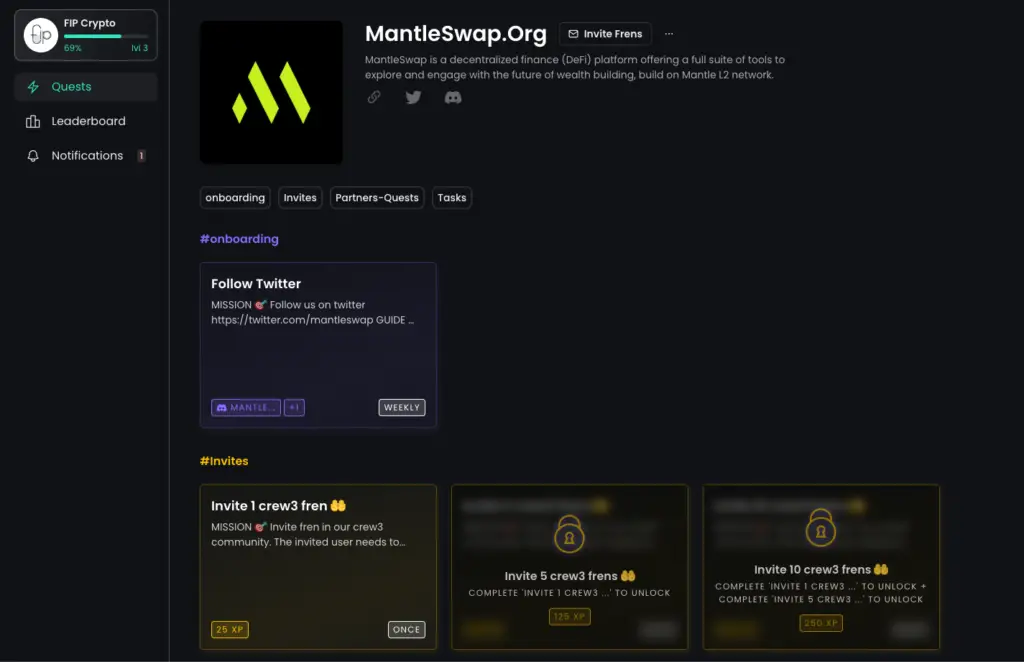
There are other testnets that you could potentially interact with and qualify for an airdrop, including the likes of:
Are you passionate about personal finance and want to earn some flexible income?
Last updated on May 5th, 2023
Scroll is another zkEVM like Linea, zkSync, or Taiko, and here are the steps I’ve taken to get this airdrop:
If you have Goerli ETH on the Ethereum Goerli testnet, you can bridge your funds over to the Scroll network.

Check out my guide here on the best ways to get Goerli ETH.
Uniswap is deployed on the Scroll testnet, and you can wrap your ETH to WETH.

To use the pool feature, you will need to create your own token to add some liquidity.
This may sound rather complicated, but it’s pretty straightforward!
You can create some parameters on OpenZeppelin,

and then deploy the smart contract using the Remix IDE.

The most important step is to ensure that you are connected to the Scroll testnet when you are deploying the smart contract.
My step-by-step guide is in the video below:
Once you have created your new token, you can create a liquidity pool with ETH.
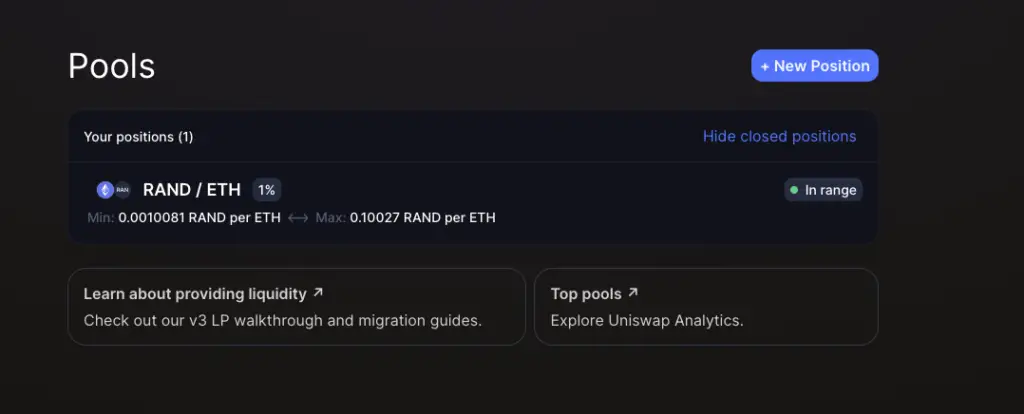
Do you find it overwhelming to track all of the different airdrops that are available?
I’ve created an airdrop tracker of all the different networks and projects that I’m keeping an eye on,

and you can gain access to it by signing up for my Substack newsletter! The link to this Notion site will be included in the welcome email.
Similar to Uniswap, you can perform the same steps on SyncSwap.

Don’t forget to make sure that you’re on the Scroll testnet!
You can also do the same for Zada Finance

There are a few games that you can play on the Scroll network, including an on-chain tic-tac-toe,
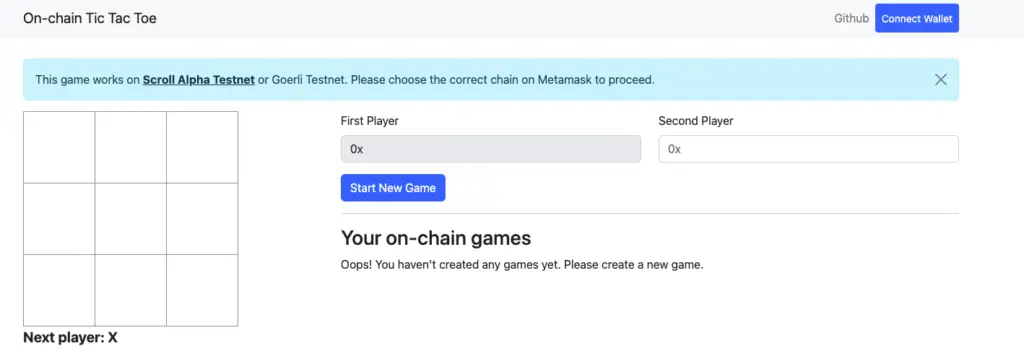

You can use Orbiter Finance to bridge your ETH tokens from Base to other Layer 2s, or even back to the Goerli testnet.

Orbiter Finance will charge some fees for this transfer, so it’ll be best not to bridge all of your funds!
This platform may have an airdrop too, which you can find out more here.
Another platform you can use is Symbiosis, where you can swap tokens on Scroll to the testnets on Goerli, BSC, Polygon or Avalanche.

You can add your funds to the pools as well, and even Farm your tokens.
Aave is on the Scroll network, and you will need to enable the testnet mode by selecting the option (top right hand corner of the Aave DApp).

This will allow you to deposit your ETH and then borrow some assets.
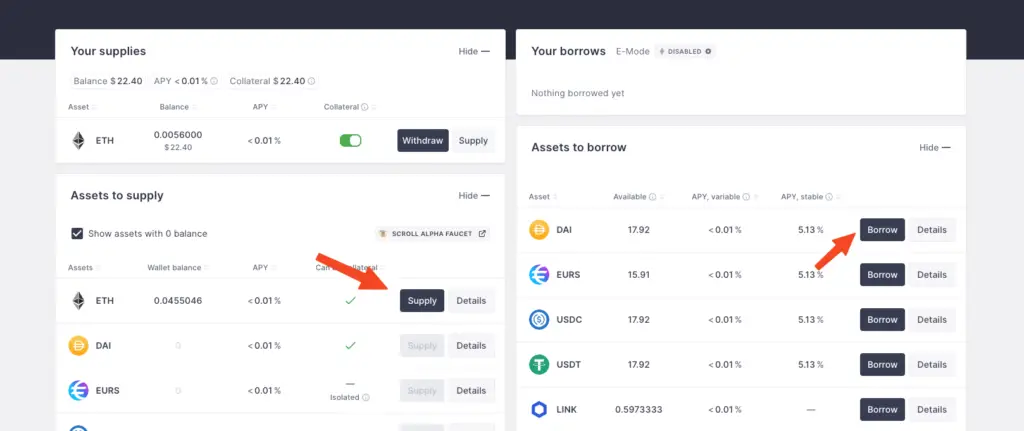
To get a role on Scroll, you can join their Guild and Discord.
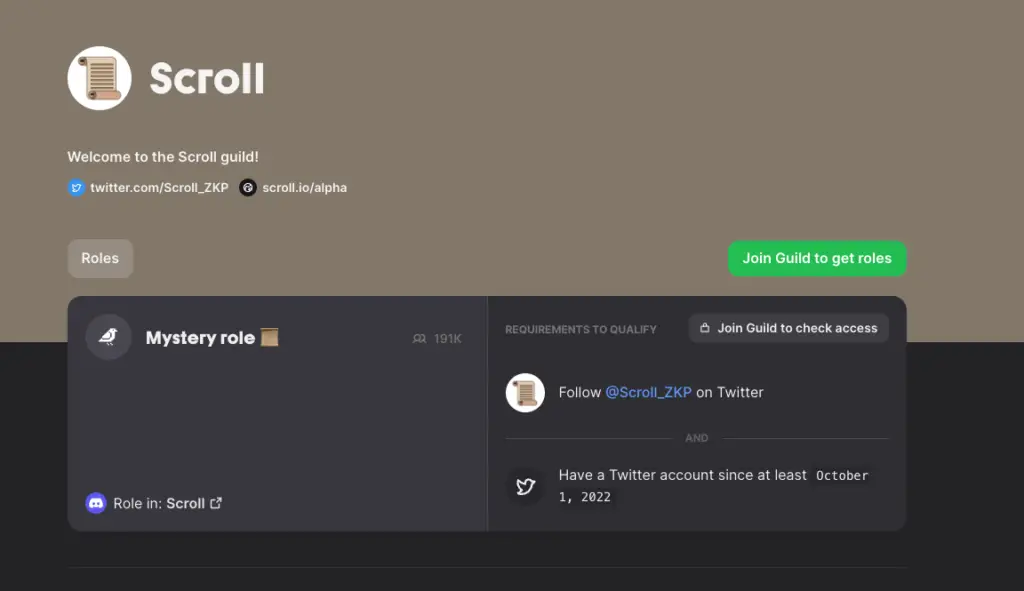
Are you passionate about personal finance and want to earn some flexible income?
While we may know that the $STRK token may be released soon, a recent blog post by Braavos (a wallet on StarkNET) may be hinting that it’s still possible to qualify for the airdrop.
I’m rather late to the game with this network, but here are the steps I did to try and qualify for the airdrop:
Last updated on May 17th, 2023
Base has constantly denied that they’ll be releasing a token,
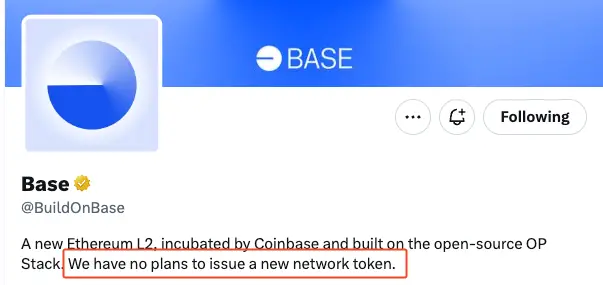
but this was the case for both Arbitrum and Optimism before they released their token too.
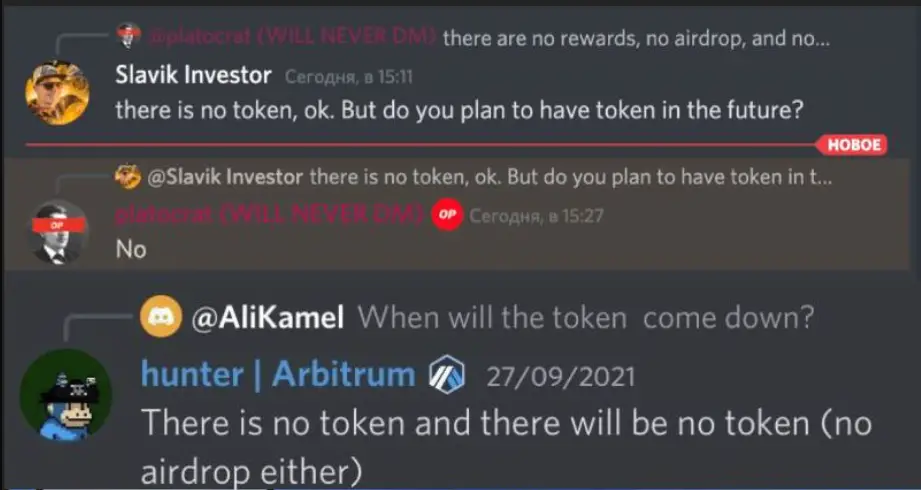
Here are some steps you can do to qualify for the airdrop in the future.
To perform transactions on this network, you will need to bridge your funds over from the Goerli testnet to the Base testnet.

If you’re struggling to get Goerli Ethereum, you can check out my guide here.
This will require some gas fees as well, so you may not want to bridge all of your Goerli Ethereum over to Base.
Do you find it overwhelming to track all of the different airdrops that are available?
I’ve created an airdrop tracker of all the different networks and projects that I’m keeping an eye on,

and you can gain access to it by signing up for my Substack newsletter! The link to this Notion site will be included in the welcome email.
After you have bridged your funds over to Base, this will help you to fulfil all of the requirements for this Layer3 quest.

This could be another criterion for the airdrop.
To commemorate the launch of Base, a ‘Base, Introduced’ NFT is available to be minted.
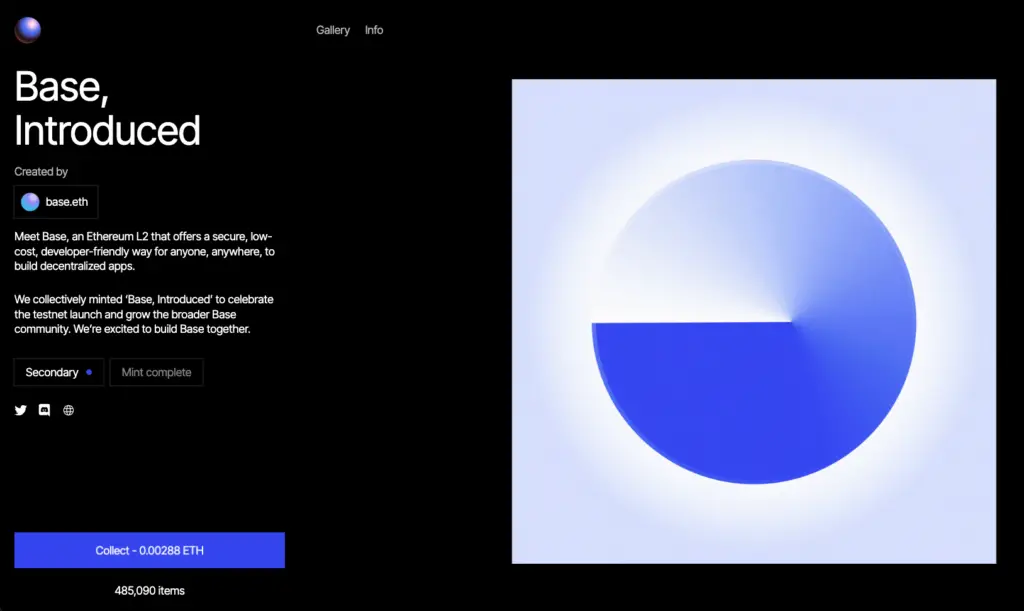
However, this will be done on the Ethereum mainnet, which means that the gas fees are very expensive.
I’ve personally chosen not to mint this NFT due to the high fees.
You can use Orbiter Finance to bridge your ETH tokens from Base to other Layer 2s, or even back to the Goerli testnet.

Orbiter Finance will charge some fees for this transfer, so it’ll be best not to bridge all of your funds!
ThirdWeb has launched a Cat Attack game on Base,
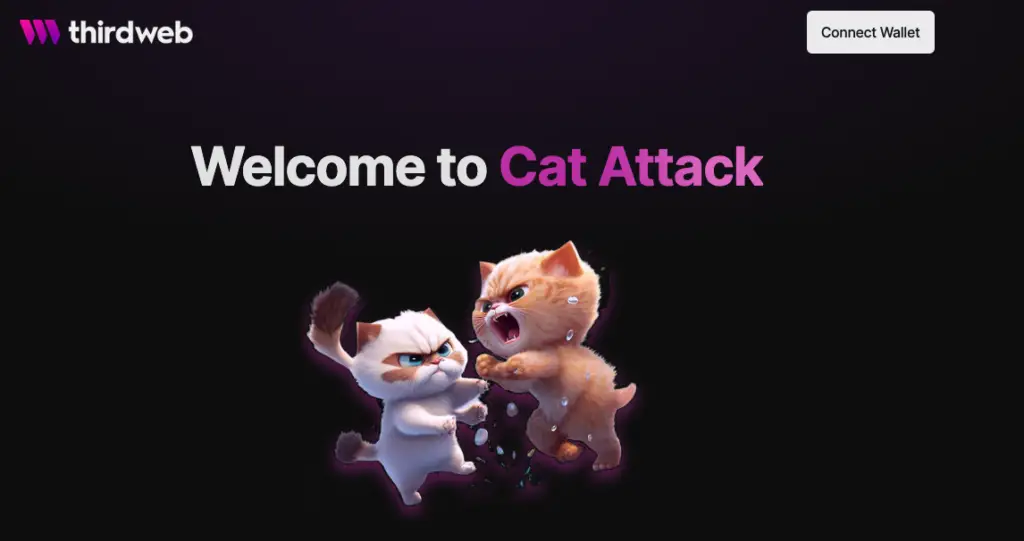
and you can mint a Cat NFT, while attacking other players’ NFTs.
This will help you to perform multiple transactions on the Base network.
While this may seem quite technical, it’s actually not the case!
You can create some parameters on OpenZeppelin,

and then deploy the smart contract using the Remix IDE.

The most important step is to ensure that you are connected to the Base Goerli network when you are deploying the smart contract.
If you’re feeling overwhelmed, you can check out my video for more information about this:
Axelar is another cross-chain bridge like Orbiter Finance, and you can bridge testnet aUSDC from Base to another network.
However, you will need to get your aUSDC from the faucet channel on Axelar’s Discord.

You can use the !faucet command with your wallet address to get these funds.
After that, you can use the bridge on Axelar to bridge aUSDC to another network like Arbitrum.

You can try this out with any other EVM-compatible networks like Polygon, Avalanche or Optimism, but don’t forget to have enough gas fees on that network if you want to bridge you funds back!
Cap is a perpetual exchange on Base, where you can long or short a few coins, and even try out leverage up to 5x.
I entered both a long and short position on ADA using ETH:

However, the gas fees can be quite high for these transactions, at about 0.006 ETH.

There are also pools where you can deposit your funds.

There’s a Stake section, but you are only able to stake the CAP token, and I don’t think it’s possible to buy this token on Base yet.
Woo Network is another protocol that has launched on Base, and you can swap ETH for USDC or BTC.
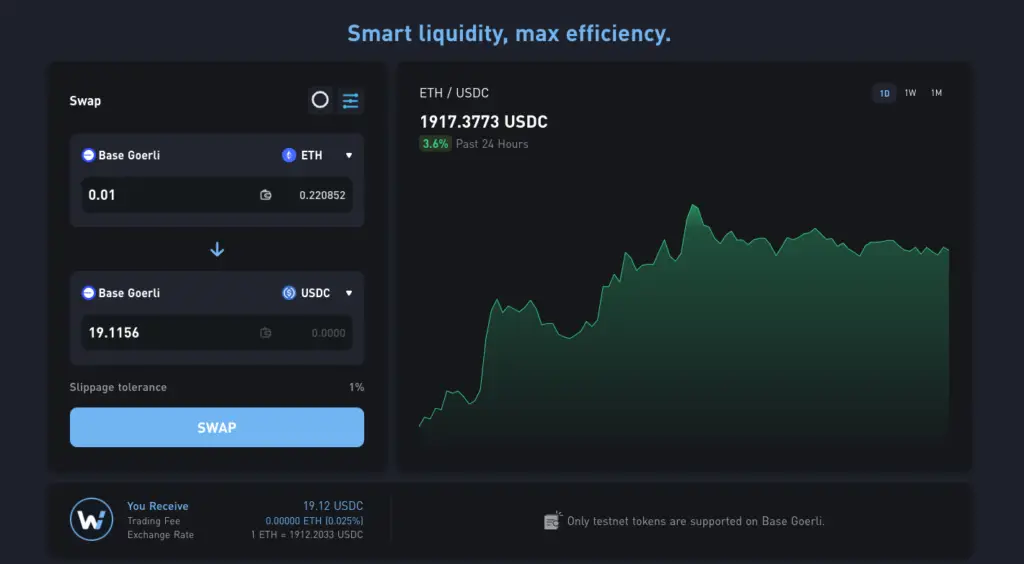
It’s currently not possible to stake tokens under the Earn tab,
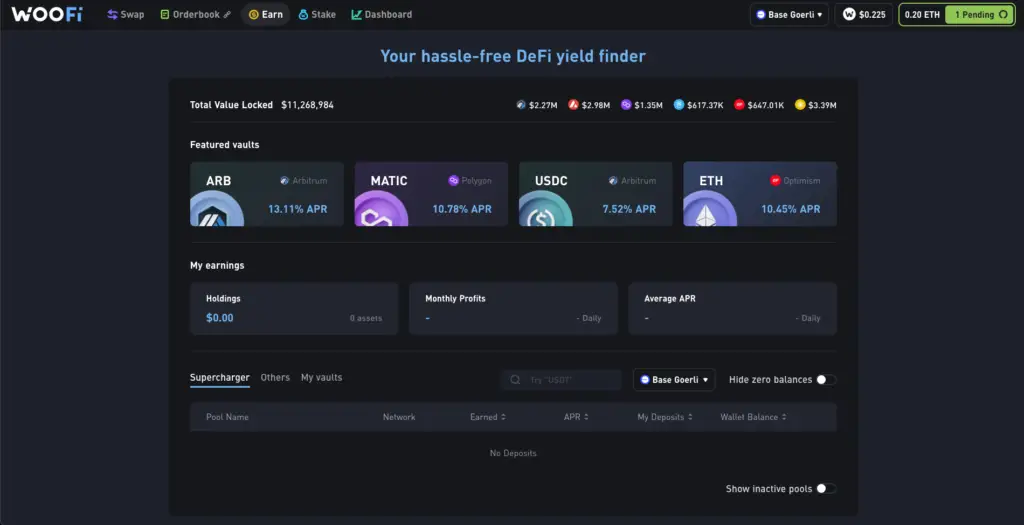
so it’ll be something to keep an eye out for in the future.
Similar to Cap, CBSwap is another decentralised exchange where you can swap tokens.
Don’t forget to switch your network to Base!
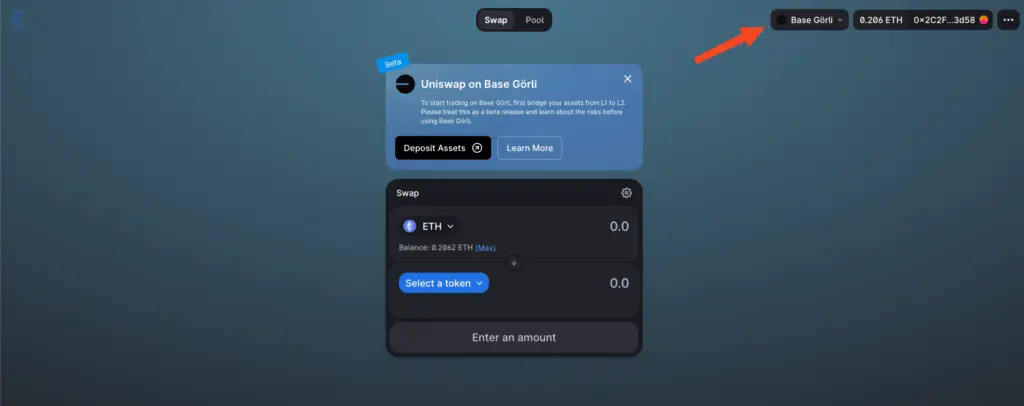
You can swap ETH to either USDC, WETH or GOVCB (governance token of CBSwap).
After swapping, you can add liquidity to these pools.

Similar to CBSwap, you can perform some actions on this DEX.
You can claim tokens from the faucet after retweeting a tweet,

and swap some tokens on the platform.

You can provide some liquidity to these tokens too.

On the Safe website, you can create a multi-sig wallet with other wallet addresses.
Don’t forget to change the network to the Base network when you’re creating the wallet!
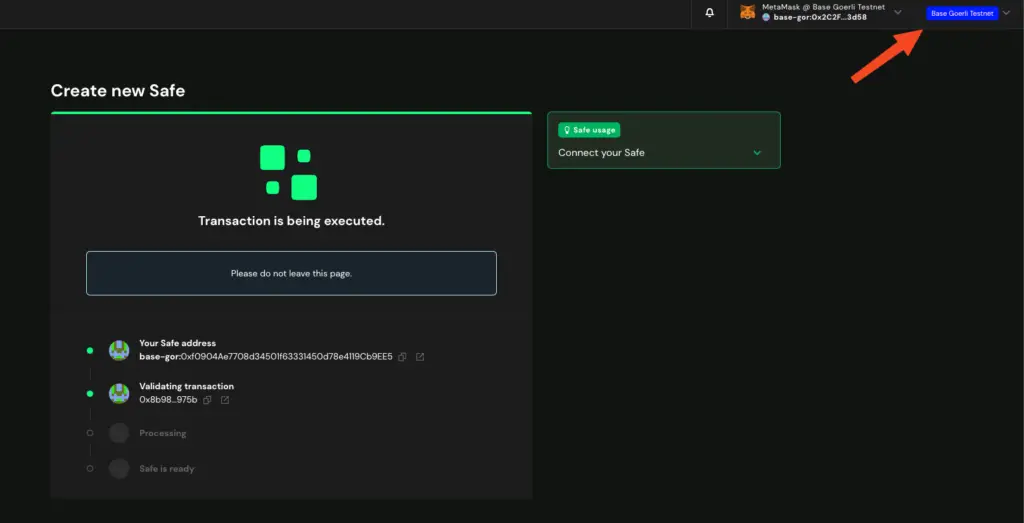
You can swap multiple tokens into 1 token with this platform.

Don’t forget to switch your network to the Base network!
You can test out some of the features on the Neptune Mutual platform.
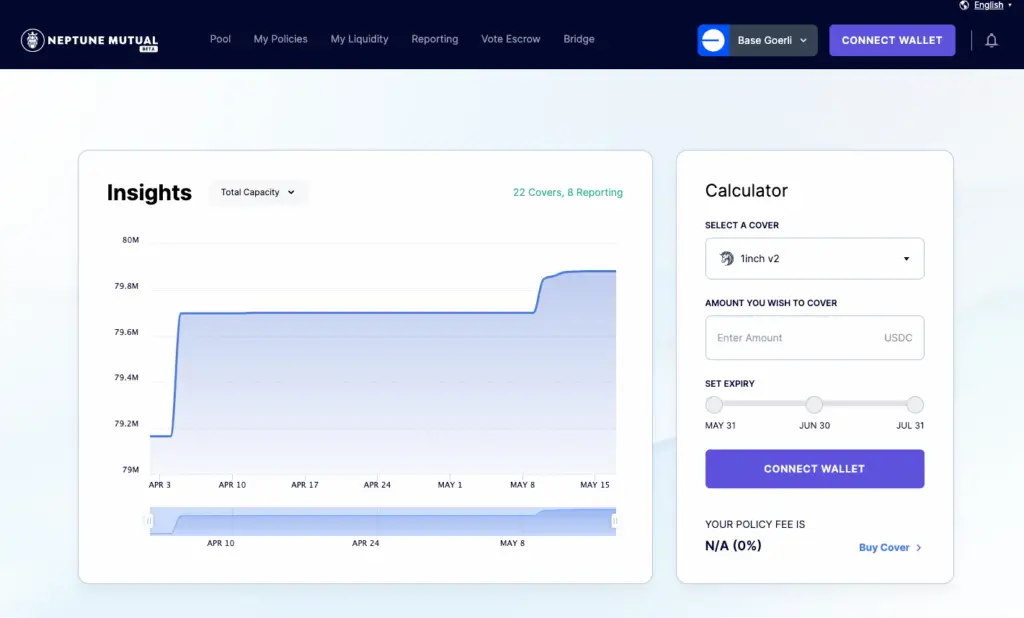
All of this is merely speculation, and hopefully, Base will indeed surprise us and give us a token airdrop!
There are other Layer-2 networks that currently have the potential for an airdrop too, and you can check out my guides for Taiko and the ConsenSys zkEVM (Linea).
Are you passionate about personal finance and want to earn some flexible income?
With the launch of the zkSync Era mainnet, there are some projects that are currently live, with heavy rumours that they’ll be releasing a token soon.
2 of these projects are SpaceFi and SyncSwap, and here’s how you can qualify for them.
Both of these tasks will be ending in April, so it’s best to do them asap!
If you prefer a video guide, you can check it out here:
SpaceFi has an On-Chain Achievement Token on Galxe that you can claim,
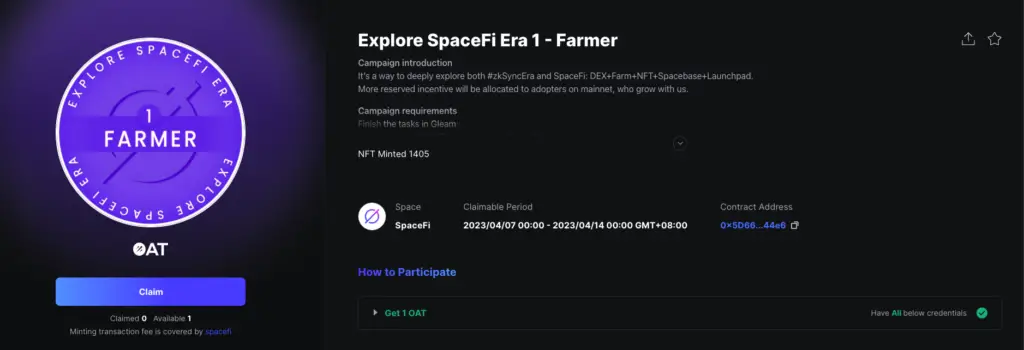
and the instructions can be found on their Gleam page.
This includes:
Once you have completed all of these tasks, you can enter your wallet address in the last section, and wait for your address to be approved on Galxe.
This will enable you to mint the Galxe OAT.
Other steps will include:
SyncSwap is another decentralised exchange on zkSync Era, and I did some swaps while trying to qualify for the zkSync airdrop.
The tasks to get SyncSwap’s OAT is somewhat similar to SpaceFi,
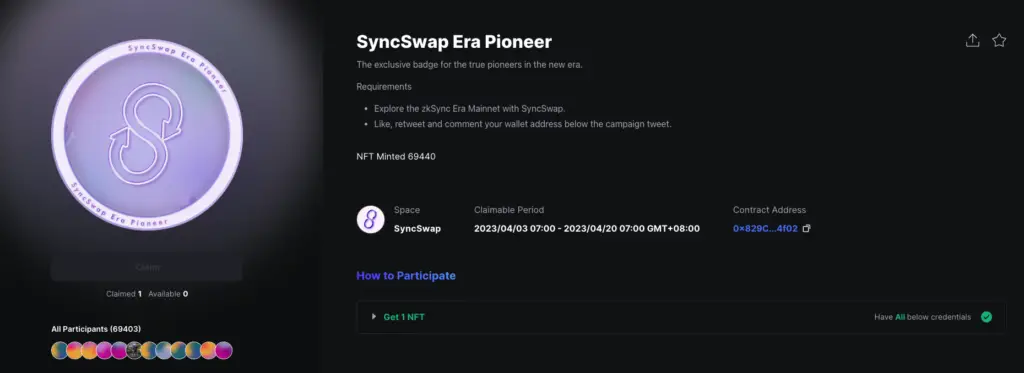
and you’ll need to:
This will allow you to claim SyncSwap’s OAT, which you can then use to get a Discord role in their guild.
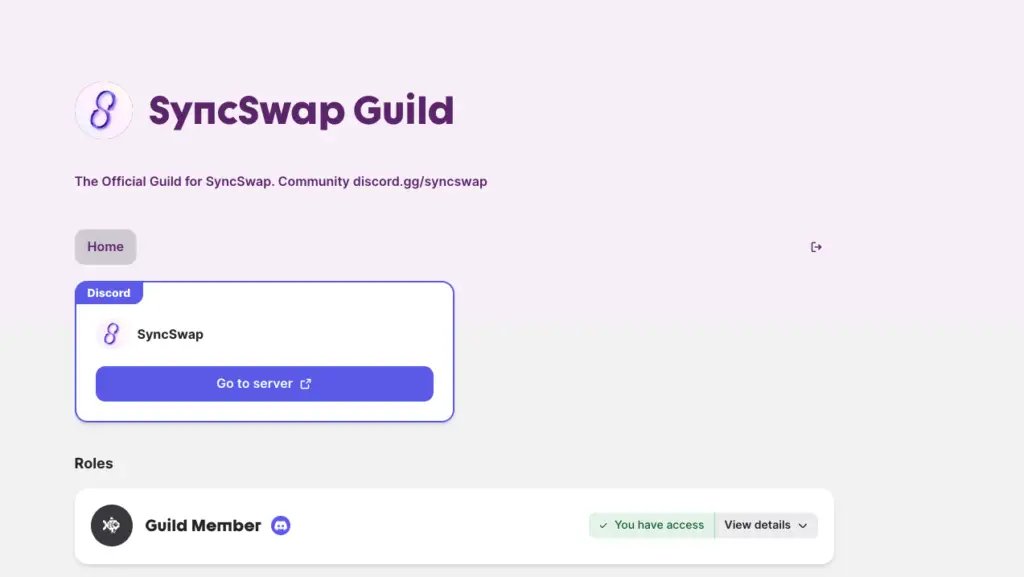
Besides farming for these 2 airdrops, you can carry out more transactions on the zkSync network to qualify for their airdrop in the future, and you can find out more in my guide here.
Are you passionate about personal finance and want to earn some flexible income?
There have been rumours that zkSync will be launching its token in the coming year,
and here are some steps you can do to prepare yourself for it.
If you prefer a video guide, you can check it out here:
If you have funds on the Ethereum Mainnet, you can bridge them over using zkSync’s official bridge.

However, when I tried this, the gas fees that I needed to pay were around $5, and this was really expensive.
There are other cheaper ways especially if you have ETH on other networks like Polygon or Arbitrum, and you can check out my guide here for more details.
ETH is needed on this network as it is used to pay for gas fees when you are making any transactions on zkSync Era. As such, it will be good to bridge about $50 worth of ETH to interact with applications on the network.
You can access the full list of decentralised applications (DApps) that are live on zkSync Era via this link, and then filter them based on the ‘Live on Era’ tab.

This will show you all of the DApps that you can interact with on zkSync Era.
There are tons of decentralised exchanges on zkSync Era, including SyncSwap,

Mute,
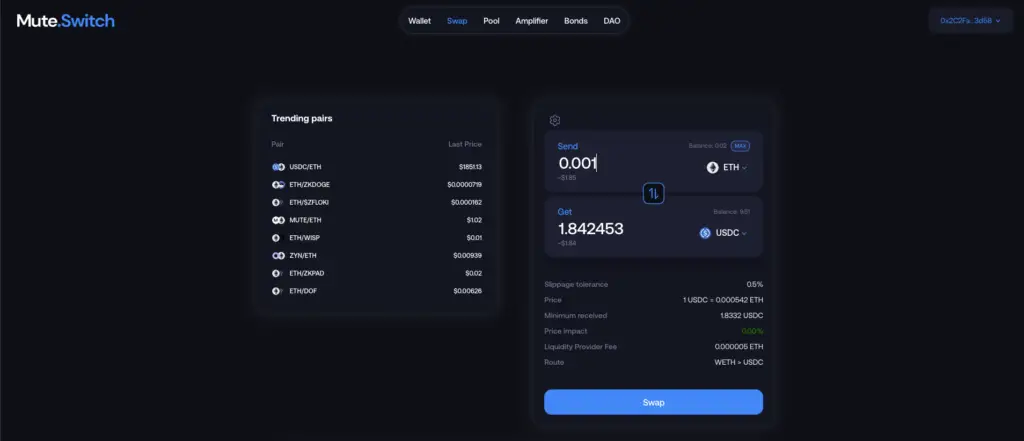
and SpaceFi.
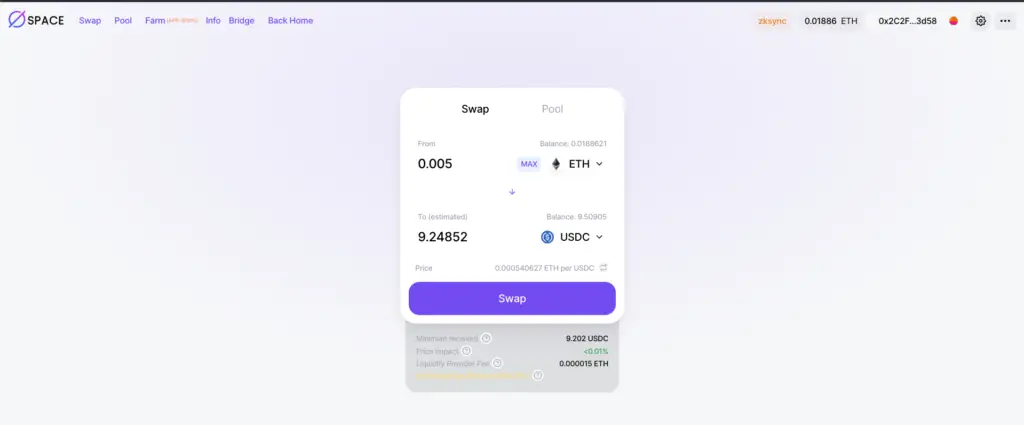
The concept is similar for all of these platforms, where you can swap your ETH to another currency (I usually swap my ETH to USDC and back),

and add liquidity to the various pools to earn some yields.
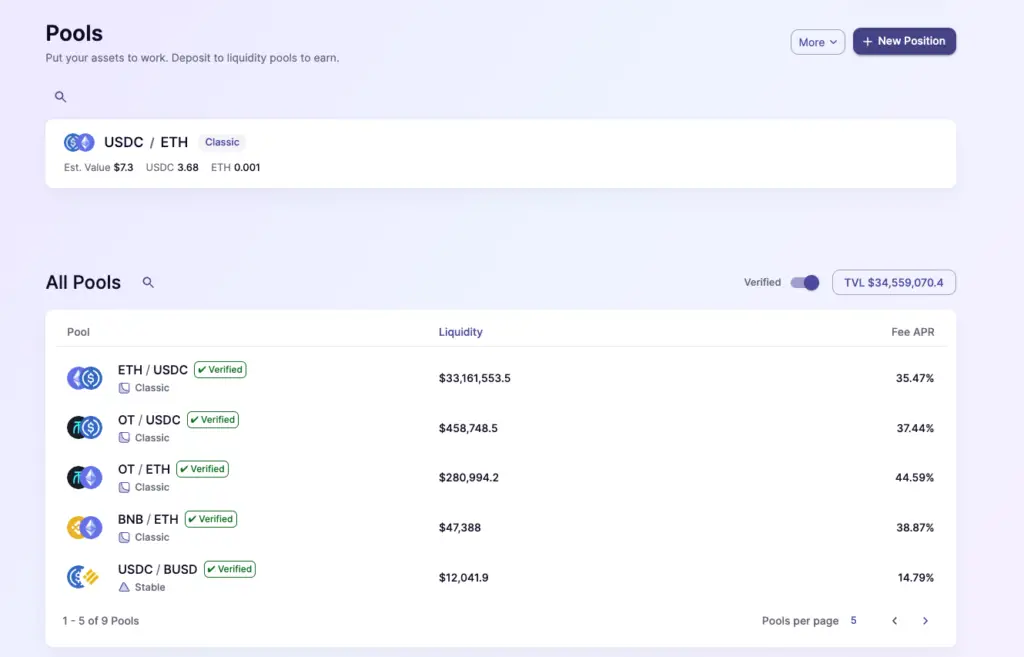
Each of these transactions will require you to pay quite a hefty amount in gas fees, but around 75% of it may be refunded.
As such, you may want to leave enough ETH in your wallet to pay for all of these gas fees.
If you’re familiar with Unstoppable Domains, Space ID or ENS, you can purchase a domain on zkSync Era too.
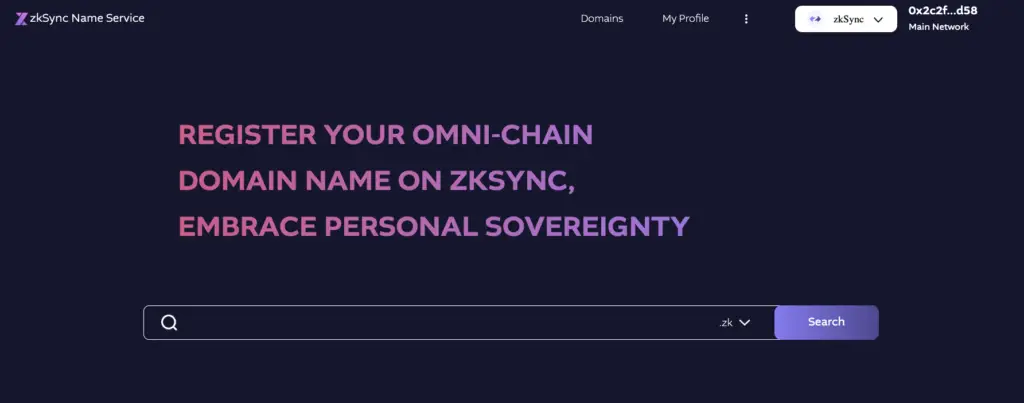
It costs around $5 USD per year, and you’ll need to factor in the gas fees for the transaction.
There are 2 main NFT marketplaces available on zkSync Era, including Mint Square,
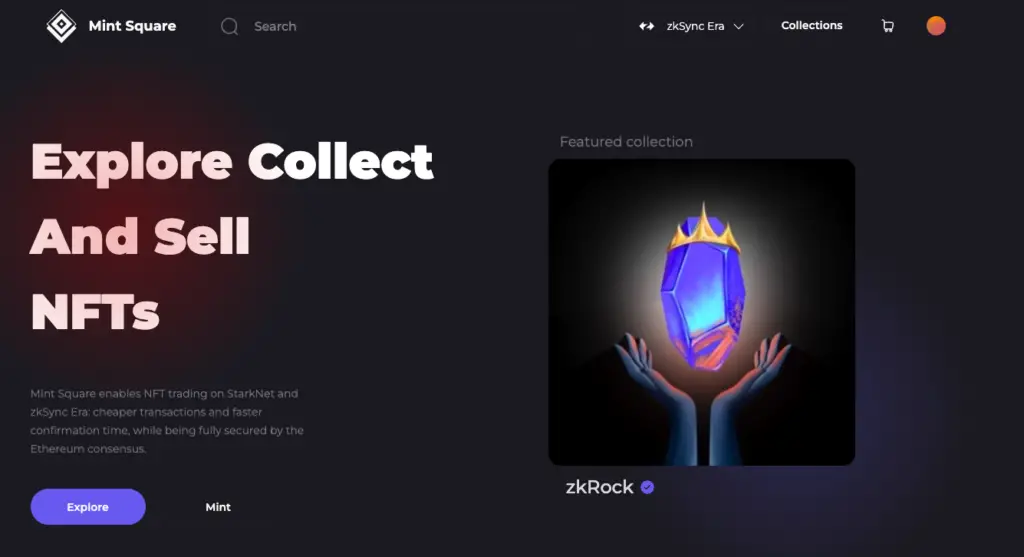
and Kreatorland.
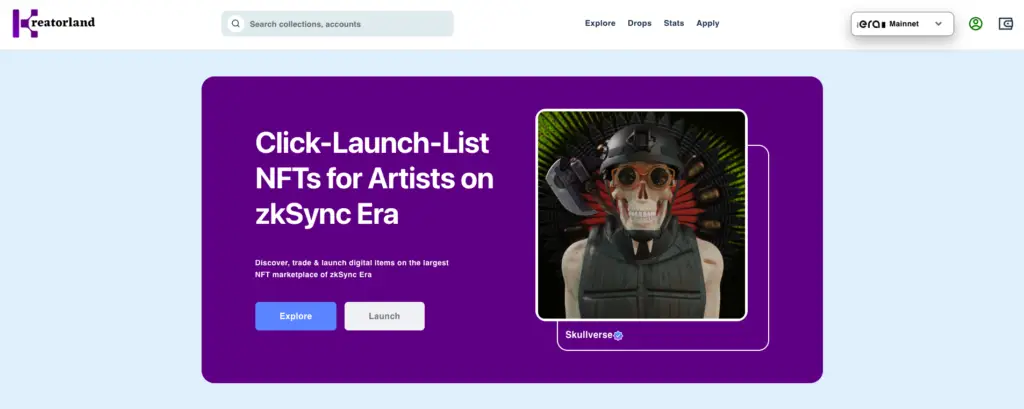
It’ll be good to buy and list some NFTs on both of these marketplaces, as you try to interact with as many smart contracts as possible.
You can use bridges like Orbiter Finance,
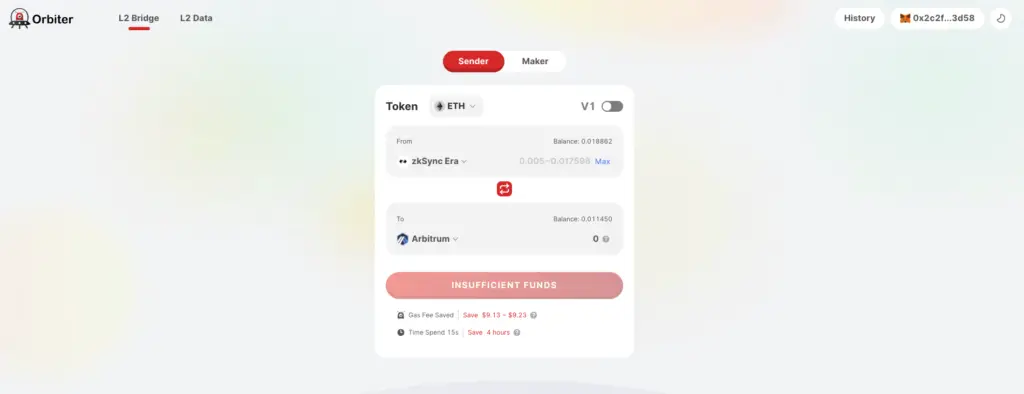
or Multichain,
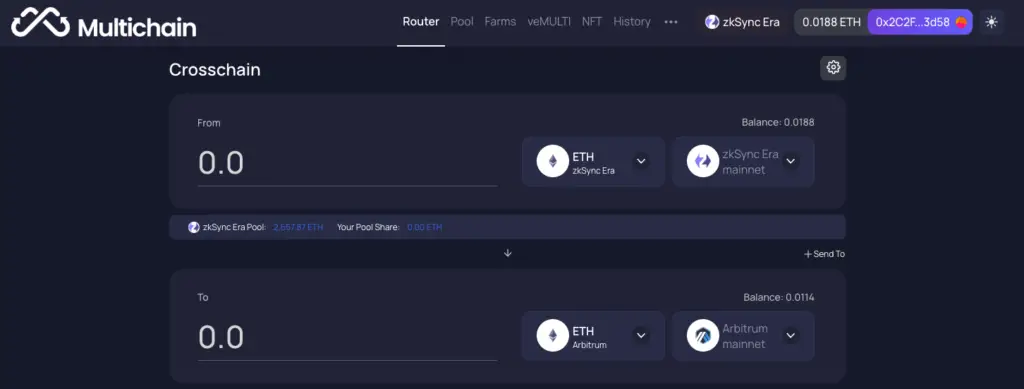
to bridge your funds from zkSync Era to another Layer 2, or the Ethereum mainnet itself.
Orbiter Finance is rumoured to have an airdrop too, and you can find out more about it here.
Arbitrum’s airdrop was awarded to wallets that used the Arbitrum Nova network, which is separate from the main Arbitrum One network.

zkSync has 2 different networks, zkSync Lite (version 1) and zkSync Era (version 2).
It will be good to use decentralised applications on zkSync Lite and interact with smart contracts there as well.
The main platform on zkSync Lite is ZigZag Exchange,
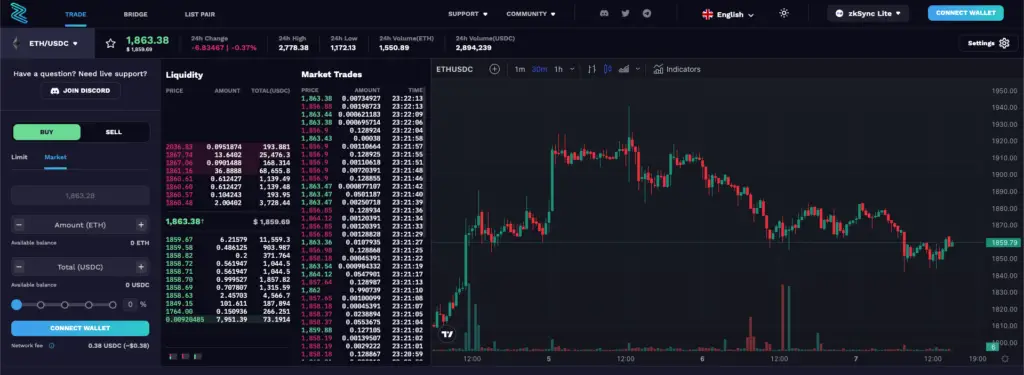
and you can keep an eye out for other projects that have launched on this network too.
The gas fees on zkSync Era are still quite high now, and it was mentioned that once there are more users on the platform, the gas fees will be lower.
This is because the cost of producing zero-knowledge proofs are quite high, and having more transactions will reduce the costs.
In the meantime, it’ll be good to keep an eye out on the fees and try to transact on these platforms when activity is much higher!
Are you passionate about personal finance and want to earn some flexible income?
Taiko is yet another zkEVM, which they even managed to get a shoutout from Vitalik himself!
Their mainnet is launching in 2024, and here are some steps you can do to potentially qualify for the airdrop.
If you prefer a video guide, you can check it out here:
Taiko requires you to bridge ETH from the Sepolia testnet, instead of the usual Goerli testnet.
You can get your Sepolia ETH from this faucet, which gives you about 1 Sepolia ETH/day.

If you are looking to get Goerli ETH, you can check out my guide here.
The next step is to go to the Taiko Bridge and send your ETH to this testnet.

Before doing so, you can use the faucet to claim BLL and HORSE tokens.

The bridging fees can be quite expensive between 0.04 – 0.14 ETH, so it’ll be best to ensure you have enough ETH to process these transactions.
It may also take a while before the ETH gets sent over to Taiko, so do this in advance before you want to try out the different platforms!
You can use the Uniswap fork on the Taiko network to swap your ETH tokens to either BLL or HORSE.

Moreover, you can add liquidity to the ETH/HORSE or ETH/BLL pools.

You can try out these actions once every week, where you can swap, and both add and remove liquidity.
You can use the testnet version of Orbiter Finance to bridge your funds on Taiko to the testnets of other Layer-2s, including Linea, Scroll or even back to Goerli.

This platform can help you to transfer your ETH between testnets, especially if you are trying out for the airdrops on all of them.
Orbiter Finance may be rumoured to have an airdrop too, which you can find out more in my guide here.
Taiko has a Mirror blog, and you can collect an entry for every blog post they publish.

However, the public mint is only limited to the first 500 wallets, so you may want to receive email notifications from them and try to be the first 500 to mint it.
Nothing is confirmed as of yet, but we can hope that Taiko releases a token when they launch their mainnet in 2024.
Are you passionate about personal finance and want to earn some flexible income?